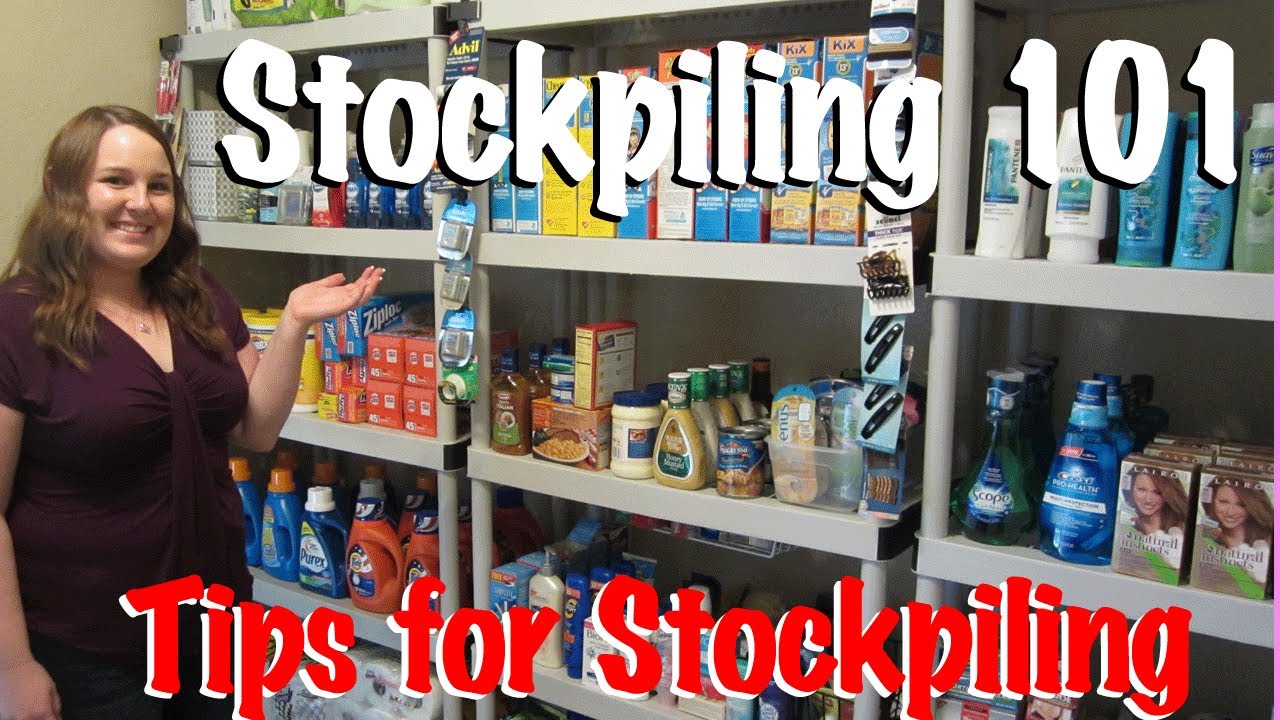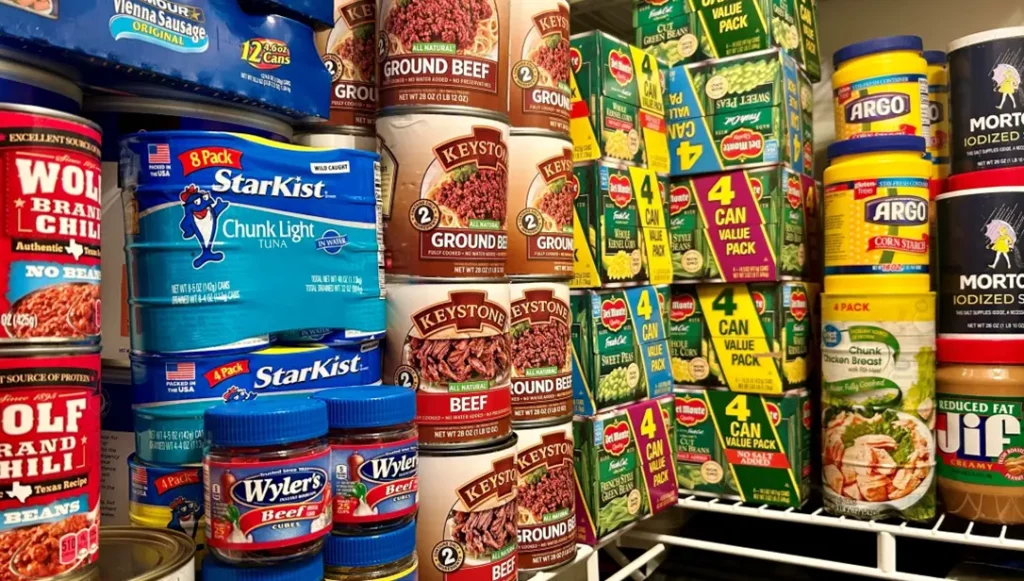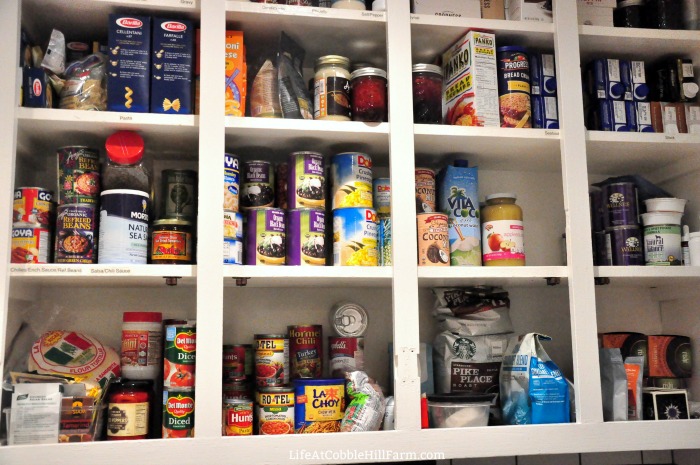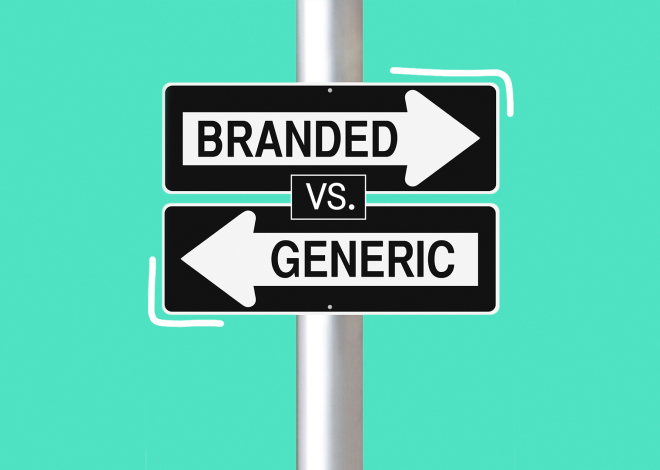
Stockpiling 101: What to Buy When It’s 50% Off
Finding items at 50% off feels like hitting the jackpot, but here’s the truth: not every half-price deal is worth stockpiling. After five years of strategic stockpiling that’s saved my family over $3,000 annually, I’ve learned exactly which products are goldmines at 50% off—and which ones will just clutter your closets.
This guide will teach you the art of smart stockpiling, so you can build a useful household inventory without turning your home into a chaotic warehouse.
What Is Strategic Stockpiling?
Strategic stockpiling means buying 3-6 months’ worth of non-perishable essentials when they hit their lowest price point. It’s not about hoarding or buying things you’ll never use—it’s about timing your purchases to maximize savings on items your family regularly consumes.
The 50% Rule: When a regularly-used item hits 50% off its normal price, that’s typically the signal to stock up until the next sale cycle (usually 8-12 weeks).
The Golden List: Always Buy at 50% Off
Personal Care Essentials
Toothpaste
- Normal price: $3-5 per tube
- Stock up price: $1.50-2.50 per tube
- Buy quantity: 6-8 tubes (4-6 months supply)
- Why it works: Never expires quickly, always needed, takes minimal storage space
Deodorant
- Normal price: $4-6 each
- Stock up price: $2-3 each
- Buy quantity: 4-6 units
- Storage tip: Keep in bathroom drawer or linen closet
Body Wash/Soap
- Normal price: $3-7 per bottle
- Stock up price: $1.50-3.50 per bottle
- Buy quantity: 4-8 bottles depending on family size
- Bonus: Great for gift giving
Shampoo & Conditioner
- Normal price: $5-12 per bottle
- Stock up price: $2.50-6 per bottle
- Buy quantity: 3-4 bottles each
- Pro tip: Higher-end brands at 50% off often beat drugstore regular prices
Cleaning Supplies
Laundry Detergent
- Normal price: $8-15 per container
- Stock up price: $4-7.50 per container
- Buy quantity: 2-3 large containers
- Storage: Laundry room shelf or basement
Dishwasher Detergent
- Normal price: $4-8 per package
- Stock up price: $2-4 per package
- Buy quantity: 3-4 packages
- Why stockpile: Stable shelf life, always needed
All-Purpose Cleaners
- Normal price: $3-6 per bottle
- Stock up price: $1.50-3 per bottle
- Buy quantity: 4-6 bottles
- Smart move: Mix brands to avoid getting tired of one scent
Paper Towels
- Normal price: $8-12 per 8-pack
- Stock up price: $4-6 per 8-pack
- Buy quantity: 2-3 packs
- Storage reality check: These take up significant space
Pantry Staples
Canned Goods (Dented Can Sales)
- Target items: Tomatoes, beans, corn, soup
- Normal price: $1-2 per can
- Stock up price: $0.50-1 per can
- Buy quantity: 12-24 cans depending on usage
- Check dates: Ensure 18+ months before expiration
Pasta
- Normal price: $1-3 per box
- Stock up price: $0.50-1.50 per box
- Buy quantity: 8-12 boxes
- Storage: Pantry or large sealed container
Rice
- Normal price: $2-5 per bag
- Stock up price: $1-2.50 per bag
- Buy quantity: 2-3 large bags
- Pro tip: Store in airtight containers to prevent pests
Cereal
- Normal price: $4-6 per box
- Stock up price: $2-3 per box
- Buy quantity: 4-6 boxes max
- Warning: Check expiration dates carefully
Health & Medicine
Over-the-Counter Medications
- Items: Pain relievers, cold medicine, allergy meds
- Normal price: $5-12 per package
- Stock up price: $2.50-6 per package
- Buy quantity: 2-3 packages
- Important: Check expiration dates before buying
Vitamins
- Normal price: $10-25 per bottle
- Stock up price: $5-12.50 per bottle
- Buy quantity: 2-3 bottles
- Note: Only if your family takes them regularly
First Aid Supplies
- Items: Bandages, antiseptic, gauze
- Normal price: $3-8 per item
- Stock up price: $1.50-4 per item
- Buy quantity: Enough for 6-month supply
- Benefit: Always useful, long shelf life

The Smart Buy List: Usually Worth It at 50% Off
Beauty Products
When to stockpile:
- Products you use regularly
- Brands you’ve tried and love
- Non-trendy items (classic lipstick colors, basic foundations)
Skip if:
- Trendy colors you might tire of
- Products near expiration
- Items you’ve never tried
Baby Products (If You Have Babies/Toddlers)
Diapers
- Only if your child will use that size within 6 months
- Storage required: Significant
Baby Formula
- Check expiration dates carefully
- Only stock 2-3 months supply maximum
Baby Food
- Glass jars have longer shelf life than pouches
- Don’t over-buy if baby is transitioning to table food
Pet Supplies
Dry Pet Food
- Only if it’s a brand your pet likes
- Check expiration dates
- Storage challenge: Requires large containers
Pet Treats
- Good stockpile item if pets aren’t picky
- Long shelf life
- Takes minimal storage space
The Never Buy List: Skip Even at 50% Off
Fresh/Perishable Items
Why skip:
- You’ll waste money if it spoils
- Freezer space is limited
- Quality degrades over time
Exceptions:
- Meat you can immediately freeze and use within 3 months
- Bread you can freeze for family use
Trendy Items
Examples:
- Seasonal home decor
- Fashion accessories
- Novelty foods your family might not like
Why avoid:
- You might get tired of them
- Hard to return/exchange
- Takes up storage space unnecessarily
Items You Don’t Regularly Use
Common mistakes:
- Buying fancy cleaning products you’ve never tried
- Stocking up on products for “someday” projects
- Purchasing items because they’re a “good deal” not because you need them
Highly Perishable Beauty Products
Skip:
- Mascara (expires in 3 months)
- Liquid foundations (can separate over time)
- Sunscreen (loses effectiveness)
Storage Solutions for Your Stockpile
Small Space Solutions
Under-Bed Storage
- Perfect for: Paper goods, toiletries
- Use: Clear plastic containers with wheels
- Label: Contents and purchase date
Linen Closet Reorganization
- Remove: Rarely used linens
- Add: Shelving for toiletries and medications
- Organize: By category and expiration date
Kitchen Pantry Maximization
- Install: Additional shelving
- Use: Clear containers for bulk items
- System: First in, first out rotation
Larger Space Options
Basement Storage
- Best for: Cleaning supplies, paper goods, canned goods
- Essential: Dehumidifier to prevent moisture damage
- Organization: Metal shelving units with clear bins
Garage Storage
- Good for: Non-temperature sensitive items only
- Avoid: Beauty products, medications, anything heat-sensitive
- Use: Sealed containers to prevent pest issues
Spare Bedroom Closet
- Perfect for: All categories of stockpile
- Organization: Categorize by type and label shelves
- Tip: Keep inventory list on closet door
Inventory Management System
The Simple Spreadsheet Method
Track:
- Item name
- Purchase date
- Quantity bought
- Price paid
- Expiration date
- Location stored
The Photo Method
- Take photos of your stockpile monthly
- Visual reminder of what you have
- Prevents over-buying
The Family Board Method
- Post running list in kitchen
- Family members mark off items as used
- Easy to see what needs replenishing
Calculating Your Stockpile Savings
Monthly Savings Tracker
Example Calculation:
- Toothpaste: Saved $12 (bought 6 at $2 each, normally $4 each)
- Laundry detergent: Saved $8 (bought 2 at $6 each, normally $10 each)
- Paper towels: Saved $10 (bought 3 packs at $5 each, normally $8.33 each)
- Total monthly savings: $30
Annual Impact
- Average family saves $300-600 annually with strategic stockpiling
- Savings increase as you get better at spotting true deals
- Factor in storage costs and time investment

Avoiding Stockpile Pitfalls
The Hoarding Trap
Warning signs:
- Buying items you don’t use regularly
- Storage areas becoming unmanageable
- Family complaining about clutter
Solution:
- Stick to your predetermined list
- Set space limits for each category
- Donate excess items before they expire
The Expiration Date Dilemma
Prevention:
- Always check dates before buying
- Use oldest items first
- Set calendar reminders for expiration dates
Reality check:
- Some products are safe past expiration (soap, toothpaste)
- Others are not (medications, sunscreen)
- When in doubt, don’t risk it
The Wrong Brand Problem
Avoid by:
- Only stockpiling brands your family likes
- Buying one item to try before stocking up
- Accepting that sometimes you’ll make mistakes
Seasonal Stockpiling Strategy
Back-to-School Season (July-August)
- School supplies at 50-70% off
- Lunch items and snacks
- Backpacks and notebooks for next year
Post-Holiday Clearance (January, November)
- Wrapping supplies
- Gift bags and tissue paper
- Holiday-themed cleaning supplies
Spring Cleaning Sales (March-April)
- Cleaning supplies
- Organization products
- Lawn and garden items
Summer Clearance (August-September)
- Sunscreen and bug spray
- Pool/beach supplies
- Outdoor entertaining items
Setting Your Stockpile Budget
Start Small: $25-50 Monthly
- Focus on 3-4 product categories
- Build gradually over 6 months
- Learn what works for your family
Intermediate: $75-100 Monthly
- Expand to 6-8 categories
- Include some higher-value items
- Balance immediate use with stockpiling
Advanced: $100+ Monthly
- Full category stockpiling
- Take advantage of manager’s specials
- Coordinate with coupon strategies
When to Stop Stockpiling
You Have Enough When:
- You have 3-6 months supply of regularly used items
- Storage space is at comfortable capacity
- You’re not stressing about organization
- Family members can easily find what they need
Time to Reevaluate If:
- Items are expiring before use
- You’re buying things you already have
- Storage areas are becoming chaotic
- Stockpiling is causing family stress
Making Stockpiling Work for Your Family
For Small Families (1-2 People)
- Focus on long-lasting items only
- Buy smaller quantities (2-3 months supply)
- Prioritize space-efficient products
For Large Families (4+ People)
- Can justify larger purchases
- Focus on high-usage items
- Consider bulk storage solutions
For Renters
- Stick to easily moveable items
- Avoid investing in permanent storage solutions
- Focus on compact, high-value products
Final Stockpiling Rules to Live By
- Only buy what you’ll actually use – Even at 90% off, it’s not a deal if it sits unused
- Check dates religiously – Expired products are wasted money
- Know your family’s consumption rate – Track how quickly you go through products
- Set space limits – Don’t let stockpiling take over your home
- Keep it organized – If you can’t find it, you might as well not have it
Strategic stockpiling at 50% off can significantly reduce your household expenses, but only when done thoughtfully. Focus on items your family genuinely uses, maintain reasonable quantities, and keep everything organized and accessible.
Remember: the goal is to save money on necessities, not to fill your house with stuff. When done right, a well-managed stockpile means fewer emergency store runs, lower monthly expenses, and the peace of mind that comes from being prepared.
Ready to start your strategic stockpile? Begin with just one category this week—pick something your family uses regularly and wait for that 50% off sale. You’ll be amazed how quickly smart stockpiling becomes second nature.


